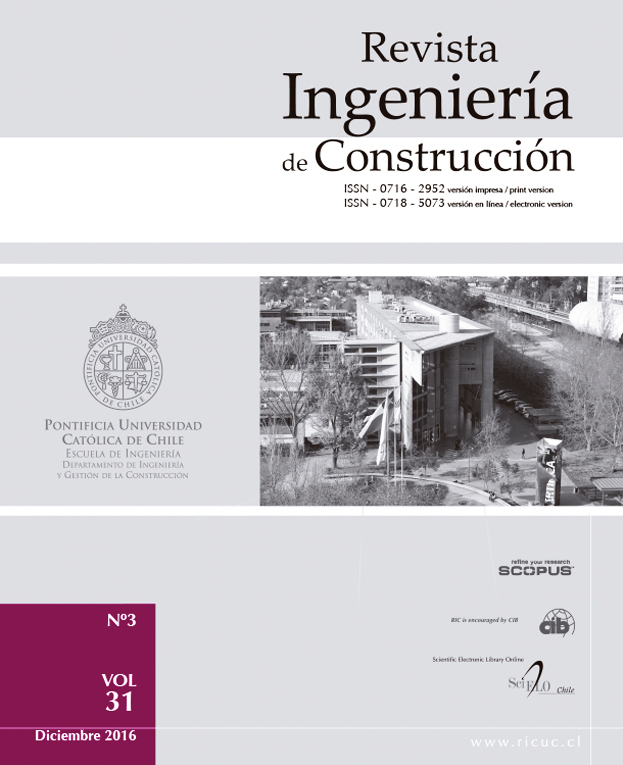Exploring the relationship between lean design methods and C&D waste reduction: three case studies of hospital projects in California
DOI:
https://doi.org/10.4067/S0718-50732016000300005Keywords:
lean design, construction and demolition waste, solid waste reductionAbstract
The lean ideal is to deliver customer value without waste. Traditional sustainability outcomes, which are attributed to the pursuit of the lean ideal in construction projects, consisted of economic outcomes instead of environmental outcomes. This paper explores how lean design methods can reduce construction and demolition (C&D) waste and contribute to environmental sustainability. Three case studies are conducted to analyze three hospital projects in California that employed lean tools and methods during design. These three cases demonstrate that C&D waste reduction (e.g., recycling construction waste, reducing material use, and enhancing recovery after use) can be indirectly achieved by economic waste reduction. Testable hypotheses were generated from the case study findings and were proposed as future research topics.


